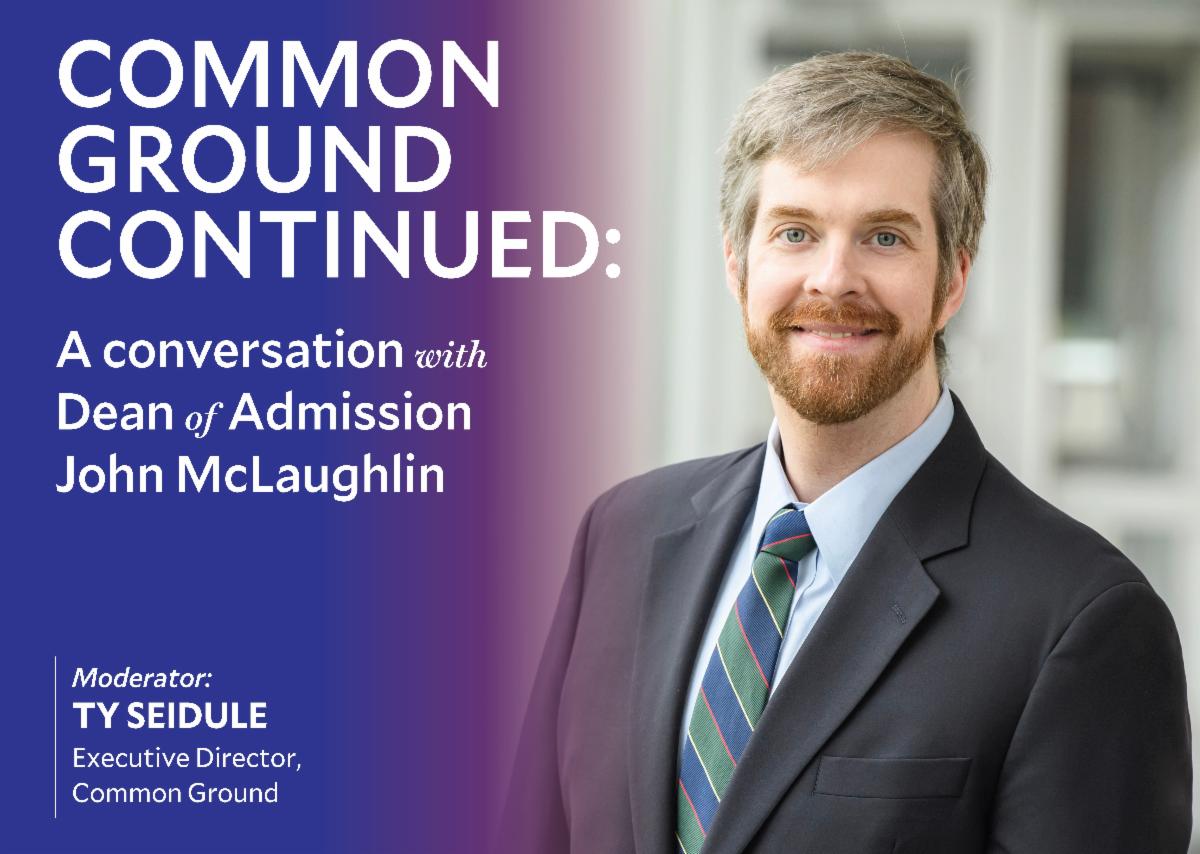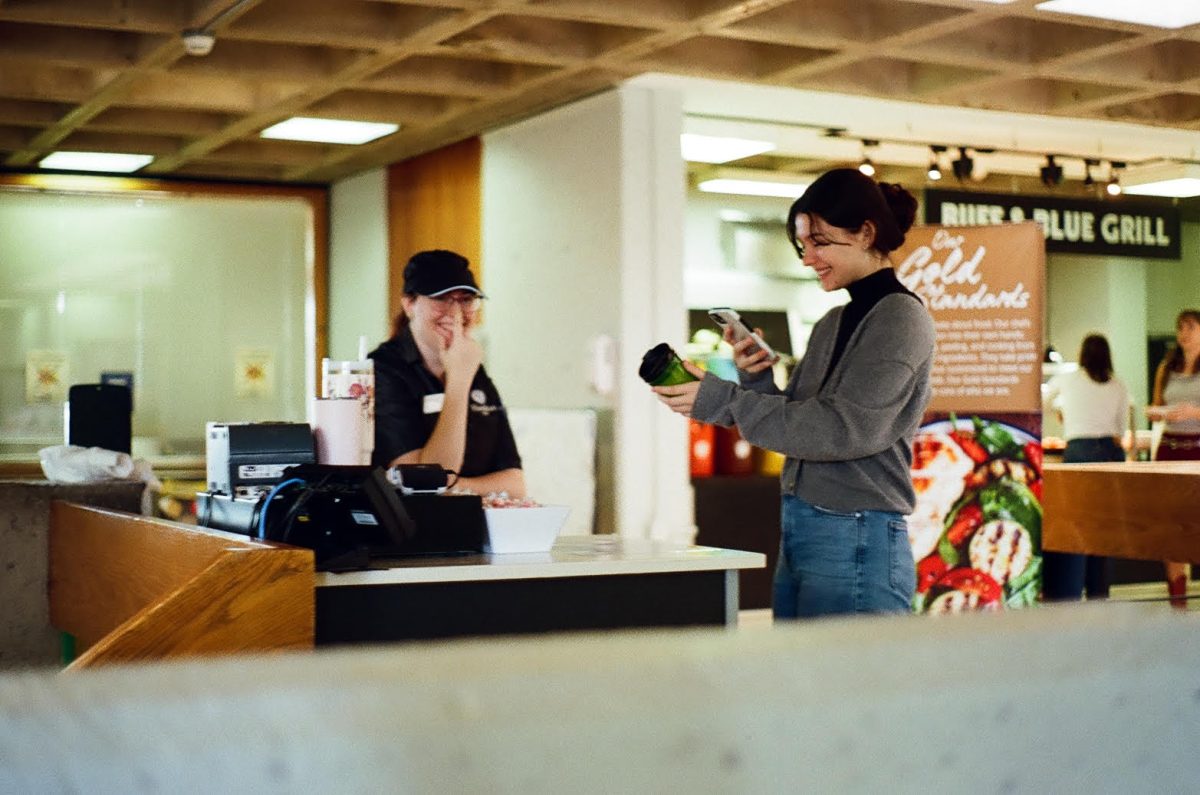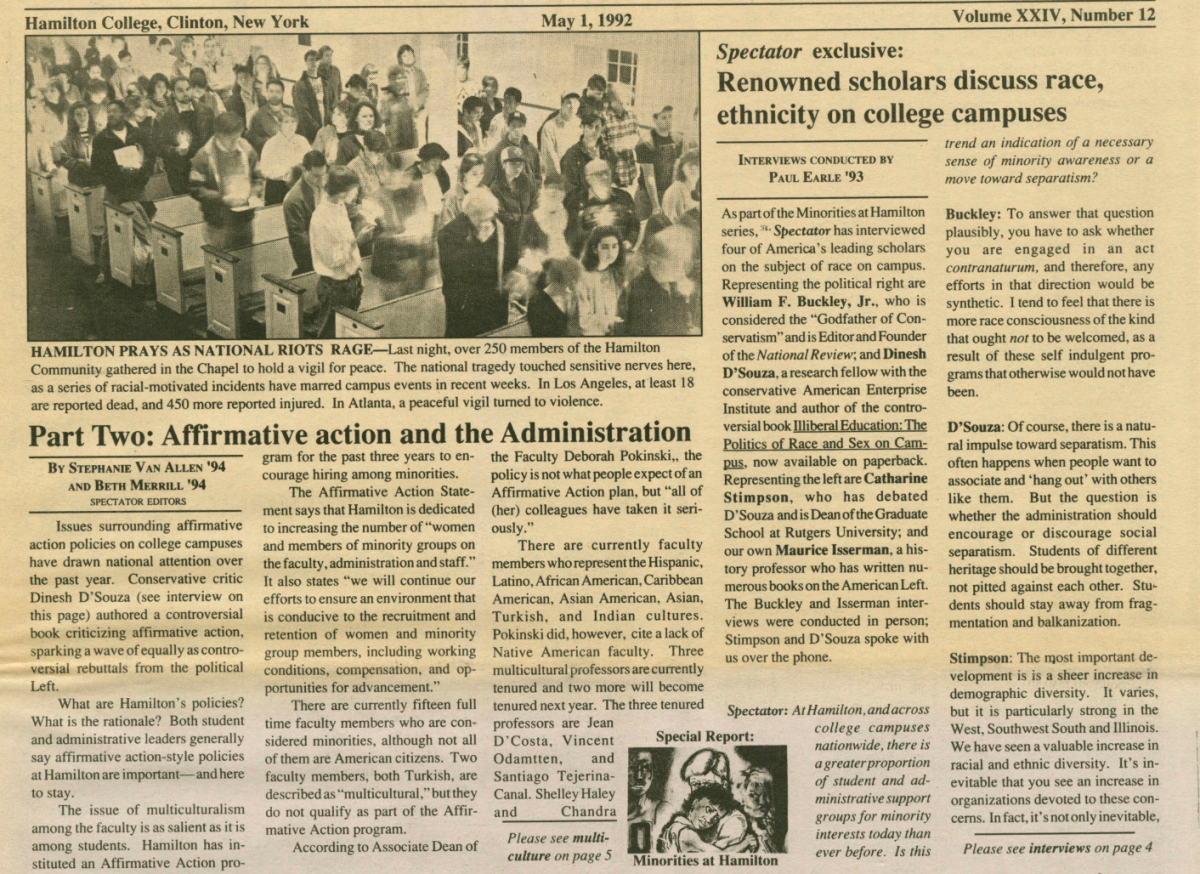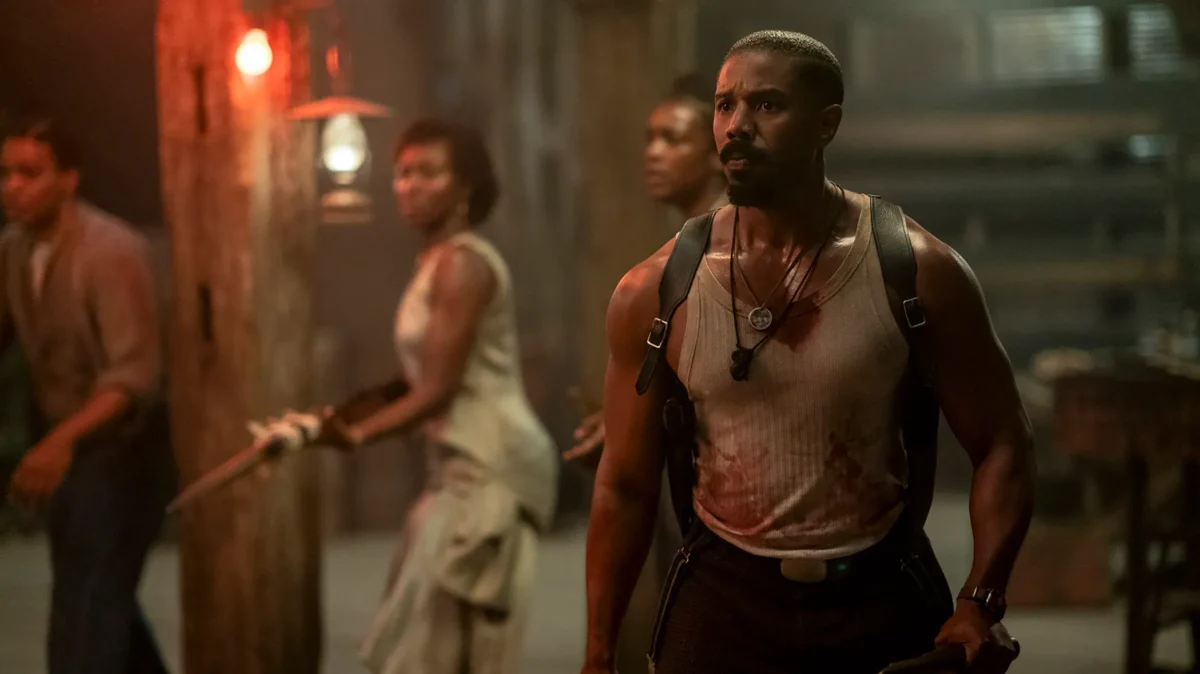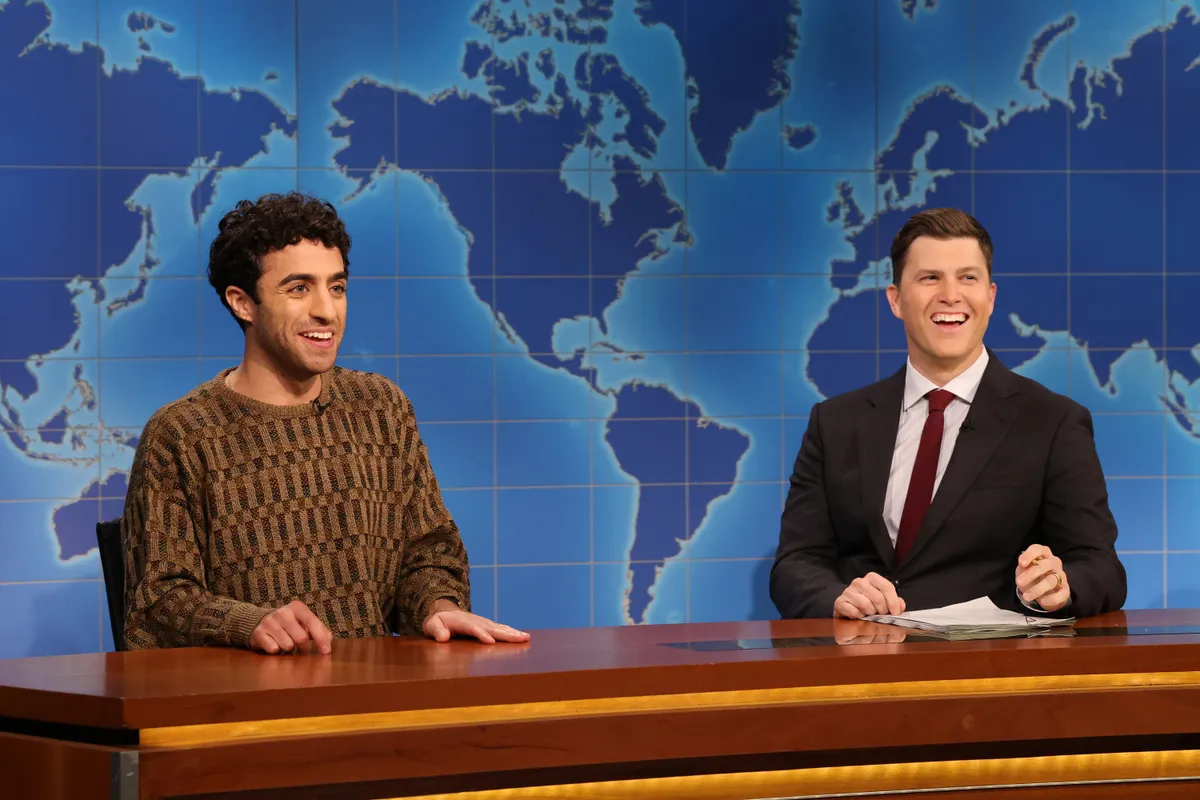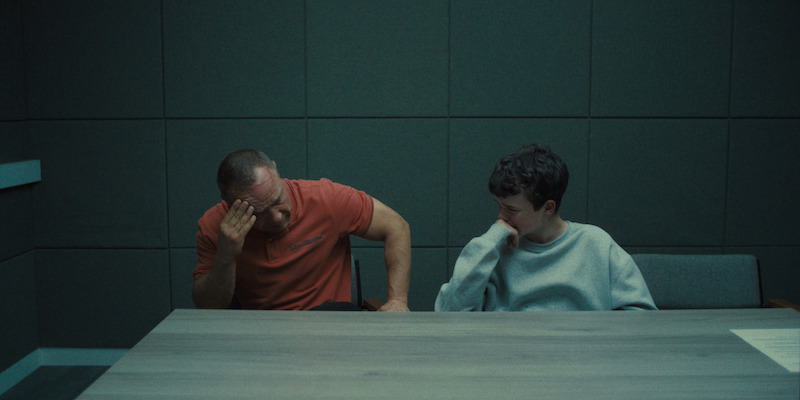
In Episode #3 of The Spectator’s
A&E
Podcast (go listen on Spotify), I bring up the notion that all publicity is essentially good publicity to my co-host. This is a common refrain and theme that wields consensus agreement, especially in the realm of pop-culture. In this case, I was specifically referring to Westside Gunn’s latest album,
And Then You Pray For Me
(2023), and the polarizing reception it provoked among Gunn supporters and general hip-hop fans. Gunn had discarded his predominantly boom-bap and soul-chopped ways that he had garnered acclaim for in exchange for trap and faster production.Gunn was mostly unwilling to compromise his own stunted and staggered vocal delivery, eliciting an incongruent coalescence between the album’s production and his own performances. Gunn’s album subsequently became a flashpoint of hip-hop social media, specifically the blunt question of whether the stylistic changes were good or not. One aspect of this discourse that is not debatable is how it started a discourse in the first place, so the question remains: is any publicity automatically beneficial in the world of arts and entertainment?
When we take off our headphones and turn on the silver-screen of cinema, Tommy Wiseau’s
The Room
(2003) offers an argument in favor of this question being true.
The Room
was infamously critically panned and because of this, it became a cult classic.
Vox
wrote an article expanding on this progression, which is quite aptly titled “The Room: how the worst movie ever became a Hollywood legend as bizarre as its creator.”
The Room
depicted all the hallmarks of a failed independent production: amateur acting, unnatural dialogue and a nonsensical screenplay. Regardless, the same way those passing by a car crash break their neck in order to catch a glimpse of the disaster, audiences have grown attached to
The Room
in an ironically appreciative manner. While there is likely not a single soul who would classify the film as a classic with a positive connotation, it is still a classic. This is only further emphasized by James Franco’s
The Disaster Artist
(2017), which, as the title suggests, focuses on Wiseau as an oblivious creative mind that was hell-bent on his inadequate cinematic vision.
Chance the Rapper’s
The Big Day
(2019) is a clear opposite to the prosperity that relentless criticism brought a work like
The Room
. Chance was hip-hop’s “it man” in the early-to-mid-2010s. Coming off a legendary double-mixtape run of
10 Day
(2012) and
Acid Rap
(2013), fans were curious as to whether the Chicago rapper would finally take his deserved spot in the mainstream. This transition came in 2016, when Chance dropped
Coloring Book
, which earned him a Grammy for “Best New Artist,” as well as an iconic feature on Kanye West’s “Ultralight Beam” from the grandiose
The Life of Pablo
(2016). Pair these notable milestones with his first #1 Billboard Hot 100 hit as a contributor to DJ Khaled’s “I’m the One,” and the sky seemed to be the limit for the young MC. Following his slew of musical activity, Chance took a considerable hiatus until his next project. This naturally ramped up anticipation from fans and those who were skeptical on whether such a highlight-filled career thus far could sustain. In 2019, Chance responded to these questions with
The Big Day
. It is difficult to articulate how vitriolic the reaction to this album was. It was critically demolished and the public joined in on the matter. It got relentlessly mocked to an oblivion for its consistent conceptual focus on Chance’s new life as a married man. Many felt his approach to the subject matter was dull.
The Big Day
’s detractors did not turn into ironic appraisers as
The Room
’s did, instead, Chance was effectively shunned from mainstream hip-hop and has yet to release a follow-up project to his 2019 parvum opus.
There is no finite answer to whether all publicity is beneficial to its recipient, but the attention that follows a masterclass or disaster-class is undeniable. Chance still sold over 100,000 units (data via Pitchfork) of
The Big Day
within the first week of its release and
The Room
was revived through the Oscar-nominated
The Disaster Artist
over a decade after its release. Issues arise when short-term publicity — especially in the case of
The Big Day
— sets a precedent that lowers future production expectations and has less of a natural public appeal. When an artist cannot rely on simply stirring up deliberate or accidental engagement, can their substance stand for itself?

